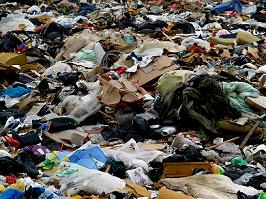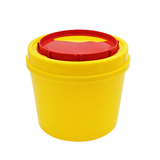There is no shortage of waste. Australians are the second highest producers of waste per person in the world. It is estimated that in 2008-09, the volume of household, commercial, industrial and construction waste generated nationally totalled approximately 40.1 million tonnes, up from 32.4 million tonnes in 2002-03.
As the volume of waste grows, simple land filling can no longer provide the answer to disposal. State governments are progressively increasing landfill levies and introducing regulations on waste disposal. New South Wales and Victoria have set targets for waste recovery for 66% and 65% respectively by 2014.
Recovering waste requires money and scale. Alternate Waste Technology (AWT) facilities are designed to recover more resources from the waste stream while minimising the impact on the environment. AWT can include mechanical separation methods, biological processes, thermal technologies and mechanical biological treatment. Facilities can cost up to $100 million and require large and steady flows of waste material to operate efficiently. These requirements are likely to drive capital expenditure and consolidation in both waste collection and disposal.
Currently the top four major players account for an estimated 39% of total industry revenue. Concentration is increasing through acquisitions and organic growth. Sydney-based WSN Environmental Solutions has recently increased its electricity production from landfill sites to a capacity of around 40 megawatts, enough to supply power to almost 40,000 homes. Transpacific is building a fully automated recycling plant in Brisbane that will allow it to increase its daily recycling capacity from 800 to 1,400 tonnes.
There is still a way to go in reducing waste, however. In Sydney, municipal waste recovery is expected to increase from its current 32% to 57% this year with the opening of a new AWT facility. Yet almost 80% of total household waste in Australia is potentially recyclable material.
Developments in the industry are also likely with any introduction of a carbon reduction regime, given that the waste sector produces about 3% of Australia's greenhouse gas emissions. In total, Australian landfills currently capture only about 16% of methane emissions. This is despite landfill technology that allows the capture of around 80% to 90% of gas emissions from appropriate landfills.
Demand for recovery service from local council and business to meet state government targets will underpin future growth in the waste sector. Over the five years to the end of 2014-15, industry revenue is expected to increase at an average rate of 6.4% a year to reach $12.11 billion. The industry will continue to invest in waste-recovery facilities, biogas capture and energy generation while major players grow in the scale and scope of their services. Rubbish is serious business.







